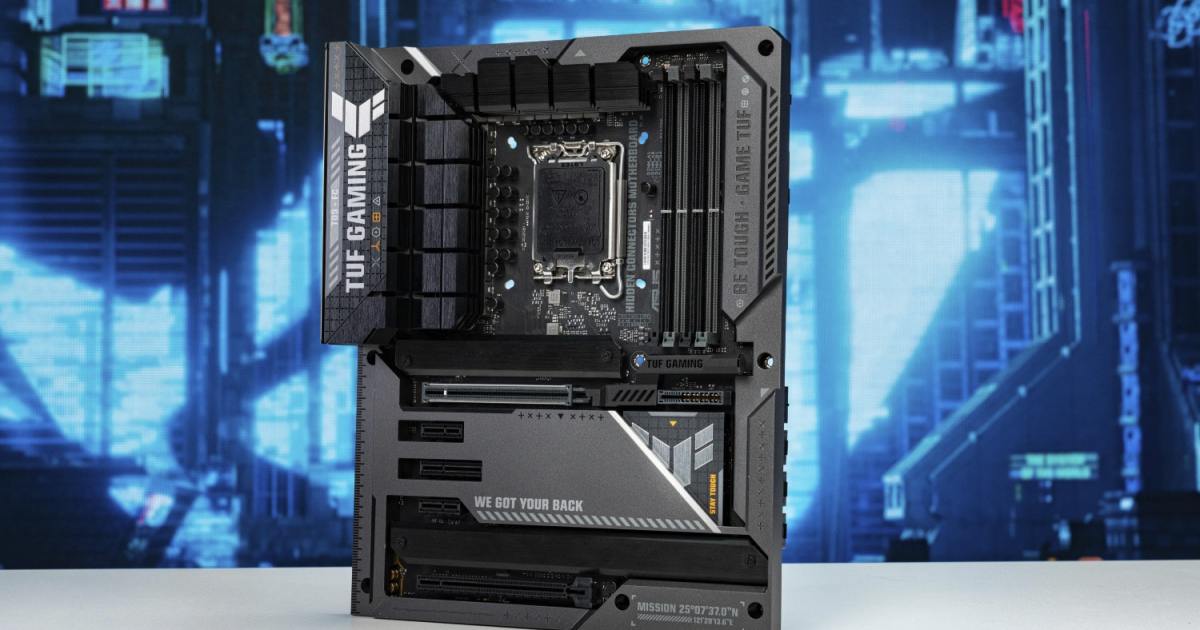The motherboard serves as the backbone of your computer, playing a crucial role in its functionality. However, it often gets overshadowed by more glamorous and exciting components like high-performance graphics cards. It’s important not to overlook the significance of the motherboard when building your PC, as there are several reasons to invest in a midrange to high-end option.
One key factor to consider when purchasing a motherboard is the number and types of slots and ports it offers. While it may seem like all motherboards perform the same function, there can be significant differences between cheaper and more expensive options. For example, a higher-end motherboard may allow you to install four RAM modules instead of just two, enabling you to have more memory. Additionally, pricier motherboards often provide access to PCI Express 5.0 slots, which may not be necessary now but will be important for future compatibility. These extra slots can also be used for additional storage drives, sound cards, network cards, and other expansion cards.
Another consideration is the range and capabilities of the ports on the motherboard. High-end boards typically have a greater number of ports, including USB 3.2 Type-A and Type-C ports, offering faster data transfer speeds. They may also feature internal headers, such as USB-C headers, which are commonly found on modern motherboards. Expensive motherboards may even include advanced connectivity options like 10Gb Ethernet or Thunderbolt ports.
The VRM (Voltage Regulator Module) of a motherboard is crucial for those interested in overclocking their CPU. The VRM is responsible for providing precise voltages to the CPU, ensuring stability and preventing damage. A high-quality VRM is especially important when using high-end processors, as a weaker motherboard may not be able to handle the power demands, resulting in instability. High-end motherboards often come equipped with robust VRMs, including heatsinks to dissipate heat effectively and support higher clock speeds.
Aside from these essential features, more expensive motherboards tend to offer various extra features that enhance functionality or make the overclocking process easier. These may include a feature-rich UEFI BIOS with advanced tuning options, a BIOS flash button for easy updates, or a BIOS switch for seamless transitioning between firmware versions. Some motherboards even include additional displays or indicators to monitor system information or customize settings.
A notable convenience of higher-end motherboards is the integrated I/O shield. This shield is pre-mounted or built directly onto the motherboard, making installation in the PC case much simpler and reducing the risk of misalignment.
In conclusion, the motherboard plays a vital role in your computer’s performance, and it’s worth considering a midrange to high-end option. These motherboards offer more slots and ports, better VRMs for overclocking, and additional features that enhance functionality. By understanding the importance of these factors, you can make a more informed decision when building your next PC.

